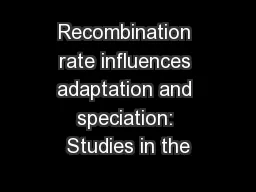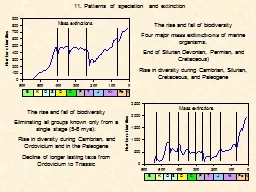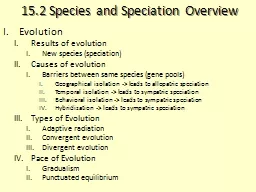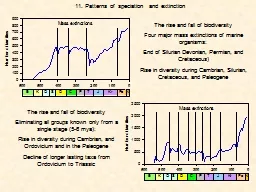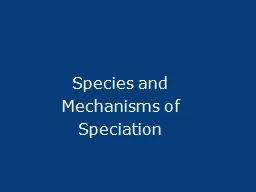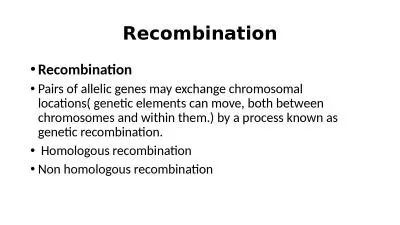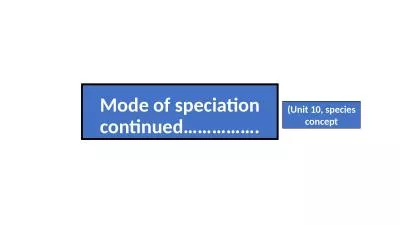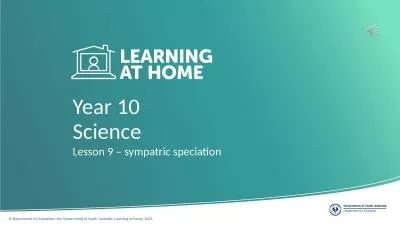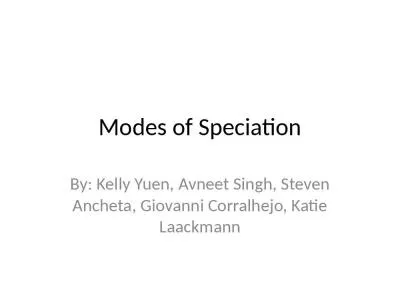PPT-Recombination rate influences adaptation and speciation: Studies in the
Author : olivia-moreira | Published Date : 2018-02-12
Drosophila pseudoobscura species group Mohamed A F Noor Duke University EVOLUTION Two fundamental processes Change within lineages adaptation important Form new
Presentation Embed Code
Download Presentation
Download Presentation The PPT/PDF document "Recombination rate influences adaptation..." is the property of its rightful owner. Permission is granted to download and print the materials on this website for personal, non-commercial use only, and to display it on your personal computer provided you do not modify the materials and that you retain all copyright notices contained in the materials. By downloading content from our website, you accept the terms of this agreement.
Recombination rate influences adaptation and speciation: Studies in the: Transcript
Download Rules Of Document
"Recombination rate influences adaptation and speciation: Studies in the"The content belongs to its owner. You may download and print it for personal use, without modification, and keep all copyright notices. By downloading, you agree to these terms.
Related Documents

